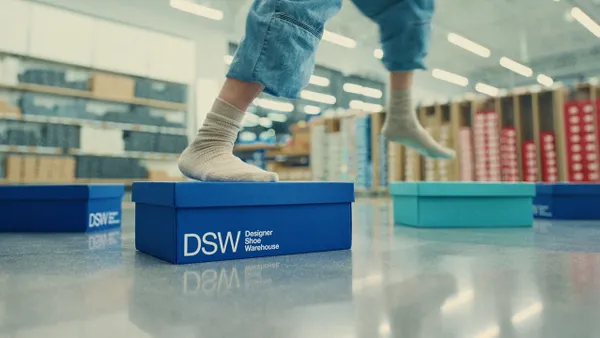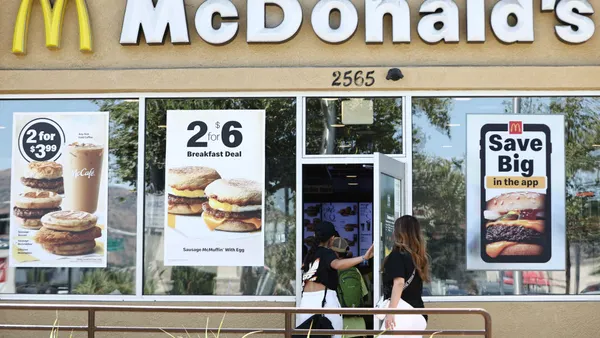Dive Brief:
- Gap Inc.’s omnichannel efforts to meet customers where they are and revamp its brand experiences are paying off, particularly in e-commerce growth, executives said on a Q1 2025 earnings call Thursday. Online sales grew 6% year over year.
- Efforts to enhance customer experience pushed net promoter scores higher at Old Navy for stores and online, Gap Inc. President and CEO Richard Dickson said. The brand’s phased rollout of AI-powered RFID at Old Navy stores improved operations and service in store.
- “The goal is to always be where our consumers are, where they are and where they're going, whether that's in our stores or through a digital dialogue,” Dickson said. “We've been really focused on cultivating the best experience that we can provide across every touch point.”
Dive Insight:
Gap Inc. is reaping some rewards from the revitalization plan it rolled out in 2023, which includes drawing upon the individual brand identities to revamp each brand’s experiences, though some brands are performing better than others.
Comparable sales at Old Navy grew 3% year over year and 5% year over year at Gap. However, Banana Republic’s comparable sales were flat and Athleta fell 8% year over year, Gap Inc. CFO Katrina O'Connell said during the earnings call. Both Banana Republic and Athleta have been the target of the retailer’s recent brand reinvigoration playbook, and Athleta’s recovery continues to drag.
Net sales across the company grew 2% to $3.5 billion in the first quarter of 2025. The retailer’s comparable sales were up 2% year over year — marking five consecutive quarters of positive comparable sales.
“It's been energizing to see our brand reinvigoration continue to drive results with net sales and comparable sales both up 2%,” O'Connell said on the call.
Gap’s digital business was particularly strong. Online sales grew 6% year over year and make up 39% of total net sales, according to an earnings release.
“We're focused on building the right tools to power growth, advancing inventory management, digital product creation, AI-enabled capabilities to power customer and employee experiences and strengthening our e-commerce engine with a sharper focus on customer insights and loyalty,” Dickson said.
Last year, the retailer created a unit to drive AI innovation across the retailer’s strategic priorities, with an eye on customer experience.
“We're obviously going to continue to focus on advancing and expanding our e-commerce capabilities and create more compelling customer experiences, but not at the expense of our stores,” Dickson said.
The company remains optimistic in the face of tariff uncertainty, even as it says that it could cost the company up to $150 million with its mitigation efforts. Still, Dickson told investors that it’s approaching its pricing strategy as it always does.
“We consider all the various inputs while maintaining the overall value proposition for our consumers,” he said. “And based on what we know today, we do not expect there to be meaningful price impacts to our consumer.”












